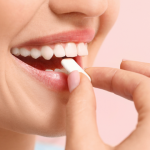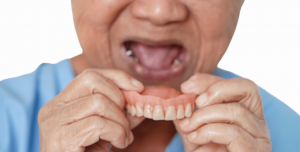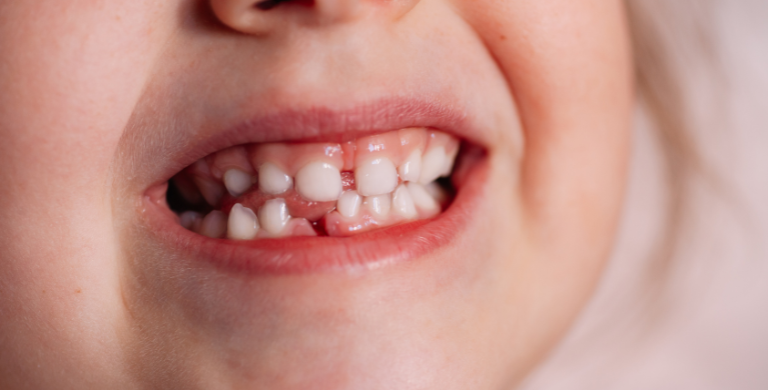How many of us are truly mindful when brushing our teeth? For most, it’s an automatic routine performed the same way each time. The idea of not rinsing after brushing might sound strange, but this advice has a surprising reason. Let’s dive into the details, see what the experts have to say about this practice, and explore some essential tips for maintaining optimal oral hygiene.
The case for not rinsing after brushing
When we brush our teeth, we apply fluoride toothpaste, which helps to strengthen enamel and protect against cavities. Rinsing immediately after brushing can wash away the beneficial fluoride before it can do its job effectively. Spitting out the excess toothpaste but avoiding a full rinse allows the fluoride to remain on your teeth longer, enhancing its protective effects.
Expert opinions on rinsing
Dental professionals generally agree that not rinsing after brushing can be beneficial. Here are a few expert insights:
- Fluoride benefits: Applying a small amount of fluoride toothpaste to teeth can provide prolonged protection against decay.
- Less water, more protection: Using less water while brushing and rinsing can help maintain fluoride levels in your mouth.
- Habitual change: It might take some getting used to, but changing your routine can lead to better dental health in the long run.
Tips for optimal mouth hygiene
While not rinsing after brushing can be beneficial, it’s just one part of a comprehensive oral hygiene routine. Here are some additional tips to keep your mouth healthy:
The Importance of mouthwash
Mouthwash can be a great addition to your oral hygiene regimen, but it’s essential to use it correctly:
- Choose the right mouthwash: Opt for an alcohol-free mouthwash to avoid dryness and irritation.
- Timing matters: Use mouthwash at a different time to brush, such as after meals or midday, to maintain fluoride benefits from your toothpaste.
- Measure It out: Use the recommended amount and swish it in your mouth for the duration suggested on the label.
The role of flossing
Flossing is crucial for removing plaque and food particles from between your teeth, which your toothbrush can’t reach. Here are some flossing tips:
- Be consistent: Floss at least once daily to prevent plaque buildup.
- Proper technique: Use about 45cm of floss, winding most of it around your fingers and leaving a couple of cm to work with. Slide it gently between your teeth, curving it around each tooth and moving it up and down.
- Don’t rush: Take your time to ensure you clean between each tooth thoroughly.
General mouth hygiene practices
- Brush twice daily: Brush your teeth for at least two minutes twice daily using fluoride toothpaste.
- Replace your toothbrush: Change your toothbrush every three to four months or sooner if the bristles are frayed.
- Regular dental checkups: Visit your dentist regularly for professional cleanings and checkups to catch any potential issues early.
It may seem counterintuitive, but not rinsing your mouth after brushing can enhance the protective effects of fluoride toothpaste. By adopting this simple change and incorporating other good oral hygiene practices, such as using mouthwash and flossing correctly, you can keep your smile healthy and bright. Remember, small changes in your daily routine can significantly affect your dental health. Happy brushing!
Sources












